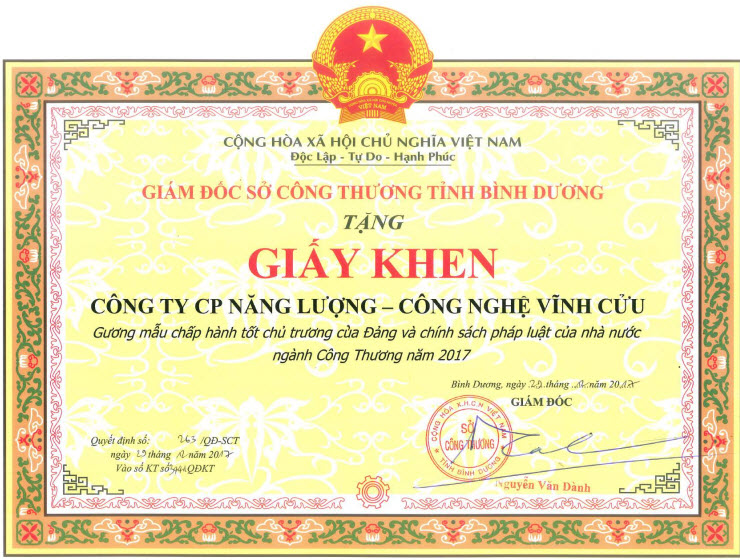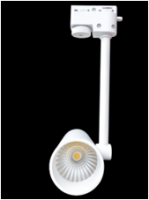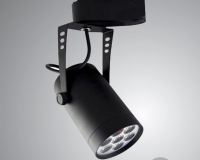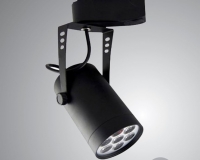Top News
Mr. Nguyen Quan Chinh, Vice Chairman, People's Committee of Quang Tri Province came to visit the site of LED installation.
How to Produce Electricity with Only Paper, a Pencil and Tape
A group of scientists from University of Tokyo and the Ecole Polytechnique Federale de Lausanne (EPFL), Switzerland, built a revolutionary power-generating device, out of every-day, easy to access, cheap stationary materials. Using only card stock paper, regular Teflon tape and a pencil, the team put together the little technology that generates the same amount of power, as two AA batteries, or 3Volts, to be precise.
The device is called TENG device (triboelectric nanogenerator), and works as follows. Two pieces of card stock paper are completely painted over using the pencil on one of their sides. The other side of one of the pieces is covered by the Teflon tape, while the second piece is left with its bare paper.
The carbon from the pencil’s graphite does the function of an electrode, while the tape and the paper are the insulators. The pieces are fixed together facing the tape-paper sides, without touching each other, while the two carbon layers are on the outside. In this way the system is electrically neutral.
Electricity is generated by applying pressure on the system (the inventors just pressed with a finger). When the two insulators get into contact, there is a charge differential, where the negative is the tape, and the positive is the paper. Once this happens, the pressure is removed (the team just moved their finger away), resulting in separation of the two pieces. This allows the charge to travel through the carbon layers to a capacitor placed on the circuit.
According to the team, it is only needed to press the two pieces together 1.5 times a second in order to generate the 3 volts power. This is sufficient amount of electricity to power a small LED screen, or even low-cost, low-power medical sensors, which are crucial in developing countries.
The TENG device is quite a breakthrough, and hopefully it will be put into use very soon, acting as an alternative to conventional batteries.
Source: The Green Optimistics
Newer articles
- Power sector to face water shortage as dry season coming (05/04/2016)
- Binh Thuan to Have the First Solar Power Plant (06/03/2016)
- Vietnam to compete in Shell Eco-Marathon Asia 2016 (06/03/2016)
- Power to rural, mountain and islands (03/03/2016)
- Energy Saving Awards to Ceramic Businesses in Kim Lan (03/03/2016)
Older articles
- Hawaiian Electric Cancels Contracts for Solar Power from Three SunEdison Projects (29/02/2016)
- Confident about manufacturers’ energy saving claims? (29/02/2016)
- LEDs starting to light India (21/02/2016)
- India’s Solar Catching UK With Over 9 GW Seen Online by March (21/02/2016)
- How to Produce Electricity with Only Paper, a Pencil and Tape (21/02/2016)
Devices
Energy Audit
ONLINE
(0909.901.045)
| MOU SIGNING CEREMONY ABOUT SPECIAL LED WITH COB TECHNOLOGY FOR FISHING SHIPS BETWEEN QUANG TRI PPC AND NEDO |







































